Before Zeiss introduced the E-mount Zeiss Touit 32 mm, people always asked whether to choose the Sony SEL35F18 or the SEL24F18Z. Why? These were the only two lenses available for the E-mount NEX, which are not too wide or too narrow for the angle of view, and the main concern is their price difference which is almost 2.5 times (SGD 629 for the SEL35F18 and SGD1,699 for the SEL24F18Z). If the price difference is lesser, most of us will definitely go for the Zeiss.
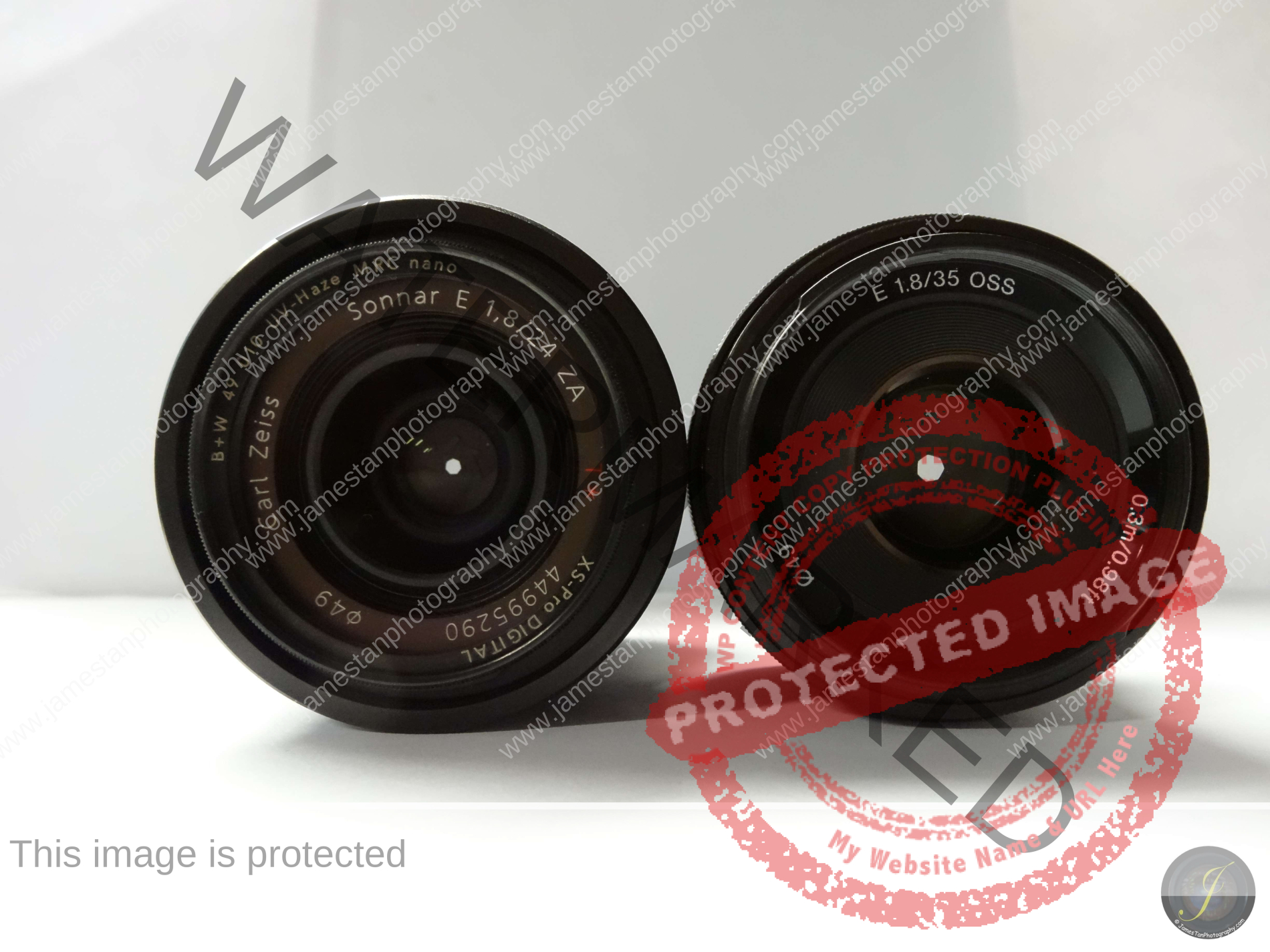
However, we cannot do anything about their prices. Many websites have individual reviews for each of them but not the comparison between both of them. So I decided to make a simple comparison for both of them here since I have the chance to test out both lenses. I hope that this post can help those who are frustrated/annoyed/hesitant about which lens is the one for you, and anyone who owns any of these lenses is welcome to leave your comment too here to help out those potential owners.
You may also read my individual reviews about the Sony SEL35F18 and Sony SEL24F18Z for more information.
Below is the technical specification comparison.
SEL24F18Z | SEL35F18 | |
35mm equivalent focal-length | 36mm | 52.5mm |
Lens groups / elements | 7 / 8 (2 aspherical, 1 ED) | 6 / 8 (2 aspherical, 1 ED) |
Angle of view (on APS-C) | 61° | 44° |
Minimum aperture (F) | 22 | 22 |
Number of aperture blade | 7 | 7 |
Circular aperture | Yes | Yes |
Minimum focus distance | 0.16m | 0.3m |
Maximum magnification ratio | 0.25x | 0.15x |
Filter diameter | 49mm | 49mm |
Dimensions (Diameter x Length) | 63 x 65.5mm | 63 x 45mm |
Weight (approx.) | 225g | 154g |
OSS | No | Yes |
Price | SGD 1,699 | SGD 629 |
Look and Feel
Although the SEL35F18 has a longer focal length than the SEL24F18Z, it has a relatively smaller and compact size than the SEL24F18Z. It is also lighter in weight.

Both of them have the same designed shape in the lens hood. The SEL24F18Z’s lens hood is thicker and taller than the SEl35F18’s. It made the SEL24F18Z look even more prominent and longer than the SEL35F18.

The SEL24F18Z comes with a matte black surface, while the SEL35F18 has a more “shiny” black surface. The SEL24F18Z has a premium rock-solid metal feel when you hold them in your hands, while the SEL35F18 gives you a solid but plastic feel.

Despite that, the little blue Zeiss logo on the SEL24F18Z makes itself feel and look more premium.

The SEL35F18 wins in the more compact size and is lighter in weight, while the SEL24F18Z has a premium look and feel.
Winner: Tight
Difference of the Focal Length
The SEL24F18Z and the SEL3518 are two different focal length lenses. The SEL24F18Z can capture more things into the frame from the same distance, while the SEL35F18 can capture a closer look at the subject. I mounted the camera on the tripod and took the shots below using the SEL35F18 and the SEL24F18Z.
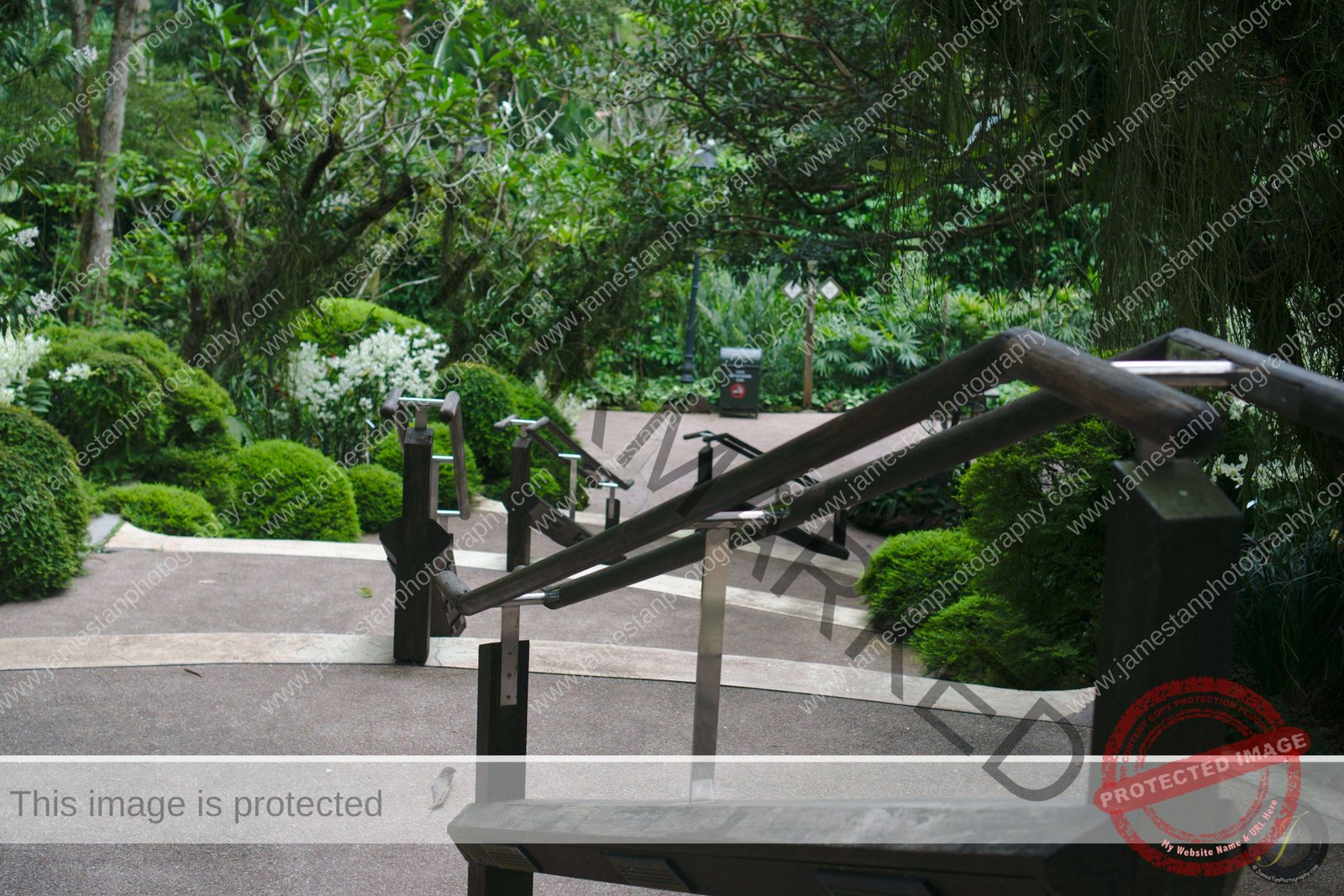



When I was shooting with SEL35F18, I found that I was always in an awkward or even impossible situation to move backward or away from my subject. However, it is always easier for me to move closer to my subject when shooting with the SEL24F18Z. I won’t announce the SEL24F18Z as a winner because it is all up to your shooting styles and preferences.
Winner: Tight
Sharpness Performance
I framed the subject with the same composition instead of shooting at the same spot to have a fair comparison for the center and the corner sharpness performance.

Center Sharpness
The SEL24F18Z shines here. It outperformed the SEL35F18 from the wide-open till the end, and its sharpness is 1 stop better than the SEL35F18’s sharpness. The SEL24F18Z boosts its sharpness from the F2.8, which is as sharp or better than the SEL35F18’s F4 sharpness.

Corner Sharpness
The SEL24F18Z’s corner sharpness performed slightly better than the SEL35F18, but the difference is less significant than its center sharpness. As a wide-angle lens, the SEL24F18Z corner does have some distortion compared to the SEL35F18 corner view.

Winner: SEL24F18Z
CA Performance
The CA comparison also used the same shots above but cropped from a slightly off-center and the top right corner.

Center CA
Both lenses have purple fringing at the center area at their wide open. Stopped down to F2 will remove the purple fringing, and it does not appear anymore.

Corner CA
The SEL24F18Z tends to have magenta fringing, while the SEL35F18 has purple fringing at their corner shots. There are still some minor fringing at the F5.6 for both lenses, but they disappeared when they stopped down to F8.
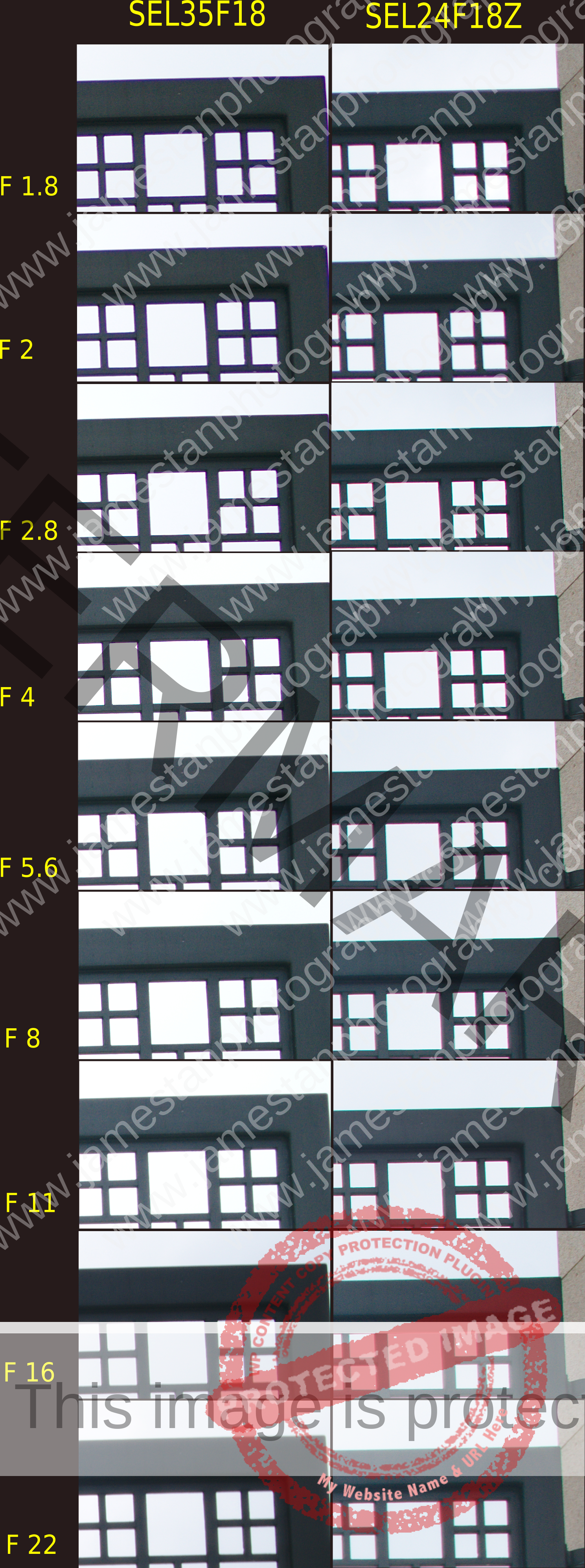
Both lenses have good CA control in their center area while having some issues handling the CA in their corner area. It is glad to see that the cheaper SEL35F18 has a similar CA control as the much expensive SEL24F18Z, or sad to say that the quality of the corner CA control of SEL24F18Z does not match its crazy price.
Winner: Tight
Macro Performance
The SEL24F18Z has a shorter minimum focus distance of 16cm and a larger magnification ratio of 0.25 times than the SEL35F18 30cm minimum focus distance and 0.15 times magnification ratio. How do these figures differ in real-life shooting?
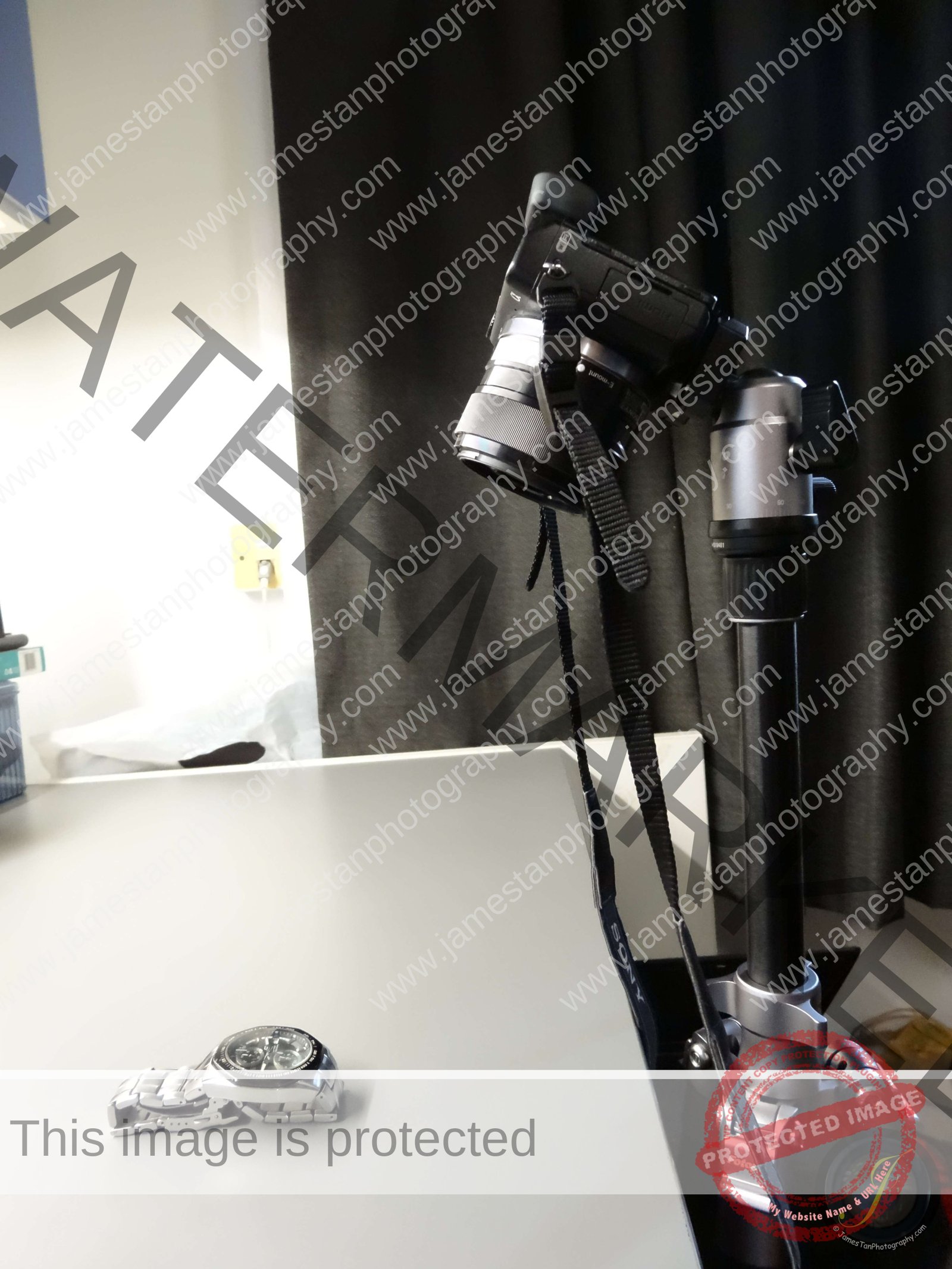

The NEX-6 was mounted on the tripod and set to manual focus. From the images, as shown above, the difference of minimum focus distance is significant. You should be aware of this if you like to shoot close-up shots.
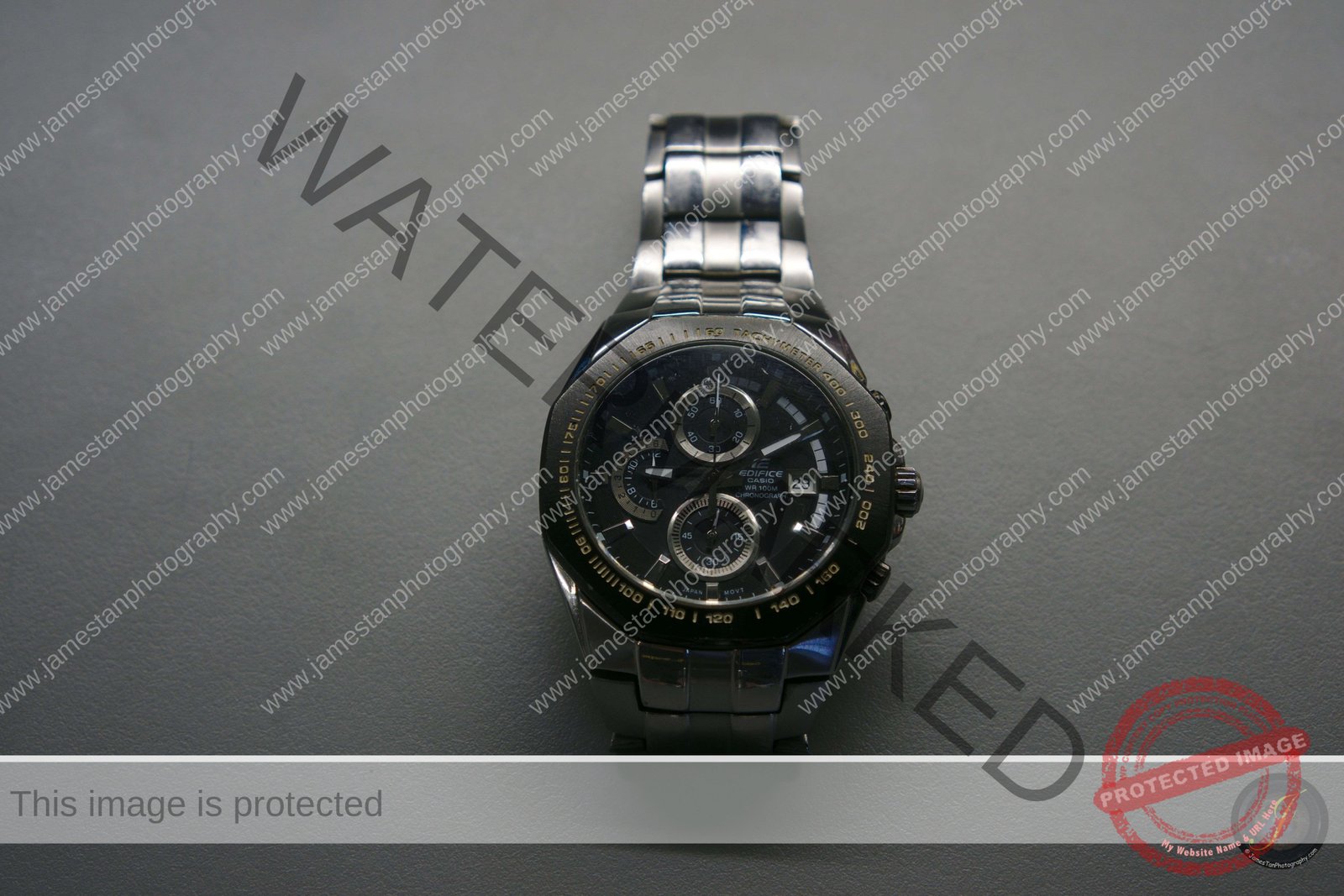

Besides, the magnification ratio also plays an essential role in the close-up shot. You can see how much difference between the close-up shots of both of the lenses.

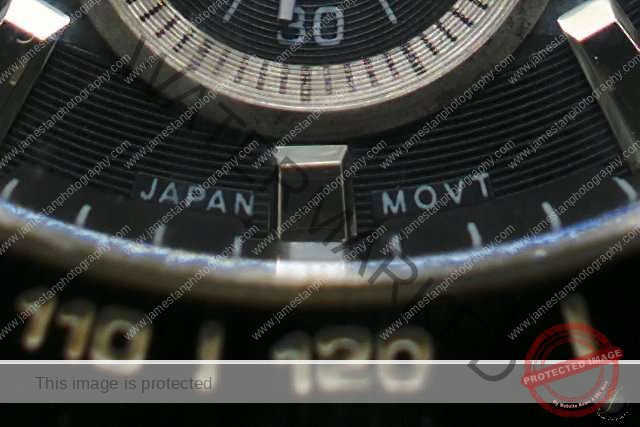
Both lenses have a pretty good sharpness for macro shots. But the SEL24F18Z’s larger maximum magnification ratio gives you a larger view of the subject so that you don’t need to crop your subject in post-processing.
Winner: SEL24F18Z
Vignetting
Both lenses exhibit heavy vignetting at their wide open at F1.8 and F2. Stopping down to F2.8 will significantly reduce the vignetting.

Winner: Tight
Bokeh Performance
Usually, the longer focal length is easier to produce a better bokeh effect. This behavior applies to the SEL35F18 as well. I prefer the smoother and more creamy bokeh effect produced by the SEL35F18. You can feel the difference of having the bokeh effect immediately when you are trying both lenses side-by-side.
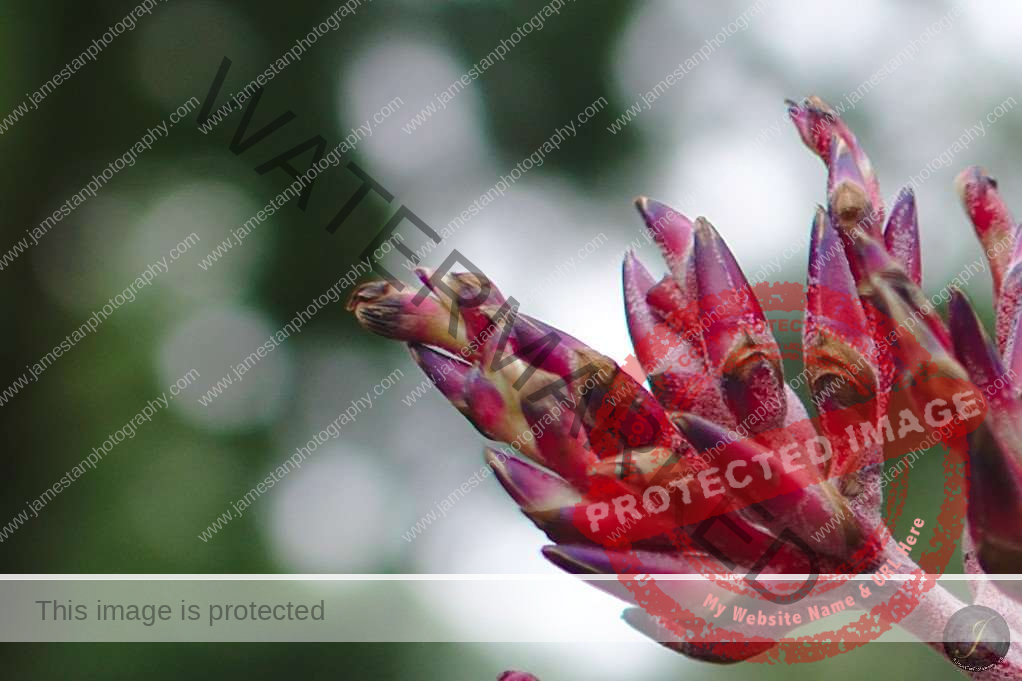
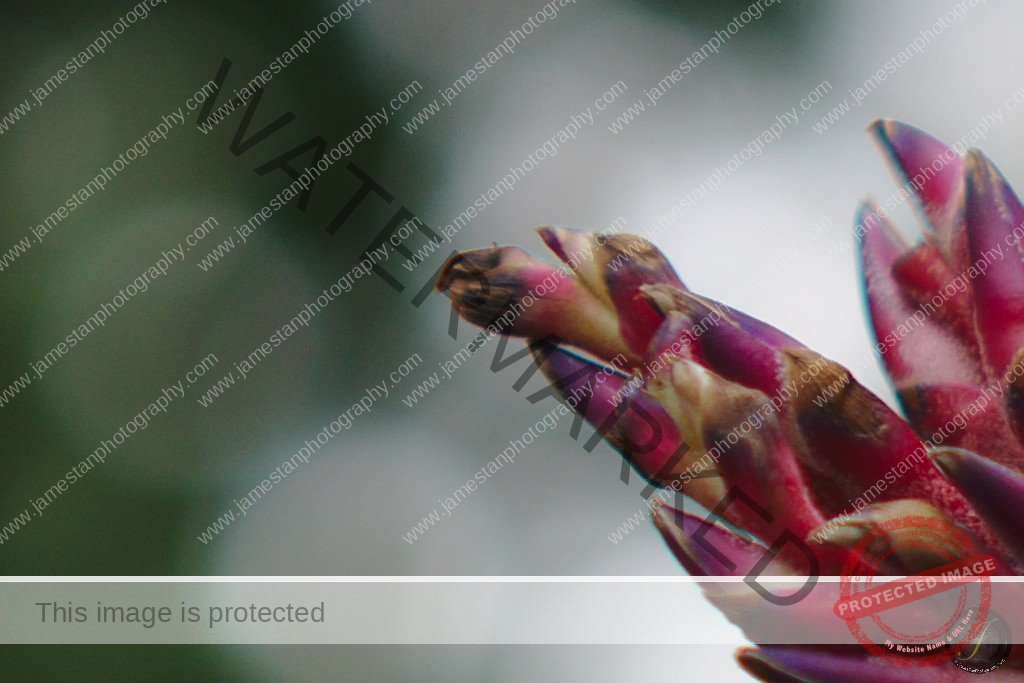
Both of them are able to produce a beautiful circular bokeh effect even at F2.8 (they started to show some polygon shape too). The polygon shape of bokeh becomes more obvious afterward.

Winner: SEL35F18
Ghosting and Flare
I used the spotlight to test the ghosting control here. Below are the 100% crops from both lenses.



Both lenses have excellent control for the ghosting and flare across the frame. However, the SEL35F18 has some noticeable light blobs near the light source from F4 onward, while the SEL24F18Z has none.
Winner: SEL24F18Z
Handheld Low Light Shooting
Theoretically, the SEL35F18 needs a minimum of 1/50 second safe shutter speed, while the SEL24F18Z needs 1/40 second. However, the SEL35F18 comes with the Sony OSS image stabilizer, enabling you to have a 3 – 4 stops slower of safe shutter speed. So will it outperform the SEL24F18Z here?

By turning the OSS on, the SEL35F18 had clear and sharp shots from its safe shutter speed 1/50 second to 1/8 second. On the other hand, blurriness starts to appear on the SEL24F18Z shots when the shutter speed falls below the safe shutter speed of 1/40 second. The shot of SEL24F18Z is still usable at 1/20 or even at 1/10 second, which is quite good for a lens without an image stabilizer.
I did not perform the video recording comparison, but an image stabilizer always is an advantage for the video recording. By having a solid OSS image stabilizer, the winner for handheld low light shooting belongs to..
Winner: SEL35F18
Colour Reproduction
Both of the lenses produce an accurate and saturate colour. The shots were captured from the same spot.

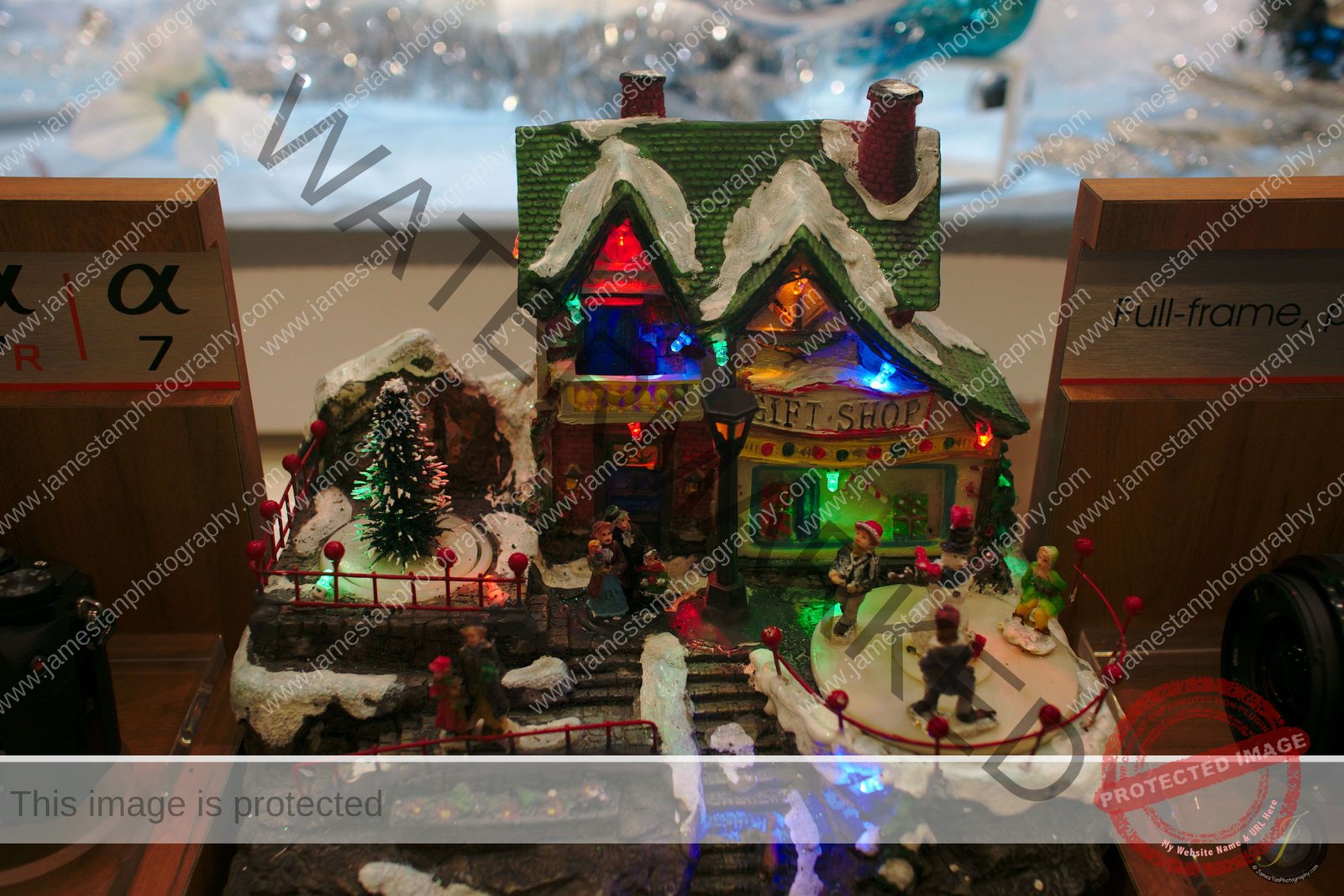

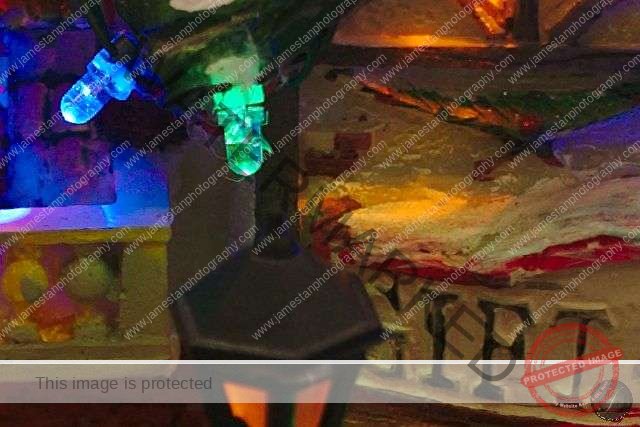

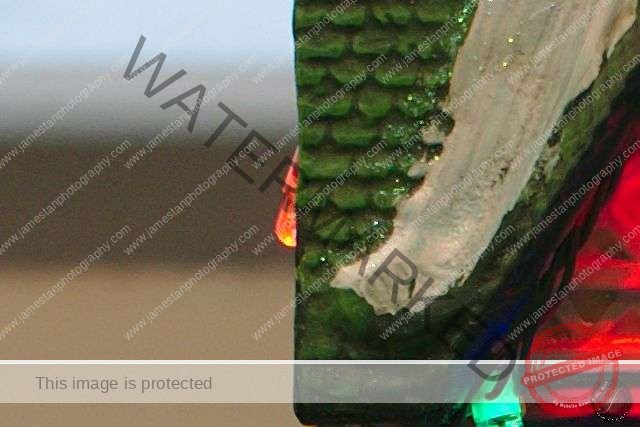
In the 100% crops comparison above, the SEL24F18Z shows a deeper and more saturated color than the SEl35F18. However, they are insignificant and close to each other.
Winner: Tight
Bottom Line
The SEL35F18 and the SEL24F18Z are definitely two of the best E-mount lenses. At the price of SGD 629, it is pleased to see that the SEL35F18 has a comparable performance with its more expensive brother SEL24F18Z which cost you SGD 1,699. Besides, it also has an effective built-in OSS where the SEL24F18Z does not own. If you are going to buy one of the lenses after reading this review, please remember the following two points:
Firstly, test out both of them yourself if possible. Compare and find out which focal length suits your shooting style better. If you prefer to shoot landscape, shoot at some limited space place like a restaurant, party, etc., then go ahead for the SEL24F18Z. If you do the video recording frequently, do not want to have any shape changed for your subject, like the smoother and more creamy bokeh, then go and grab the SEL35F18.
Secondly, forget about the sharpness, CA, performance difference and then return to the first point. Both of them are sharp lenses and have comparable performance in other fields. Unless you can get the SEL2418Z at a lower price, the performance difference between these two lenses is not enough to justify their price difference.
Before the end of the post today, I would like to share some shots taken with both of the lenses and hope you like them =)
If you want to find out more about the lenses or view more shots taken with these lenses, you may read the individual lens review at SEL35F18 review and SEL24F18Z review.
It is the end of the comparison between the SEL24F18Z and the SEL35F18. Hopefully, it can give a little help to clear your doubt about these two lenses. If you have a question about any of them or are the owner of any of them and would like to share your opinion, you are welcome to leave your comment here. Thanks for your reading, I hope you enjoyed it and like it =)



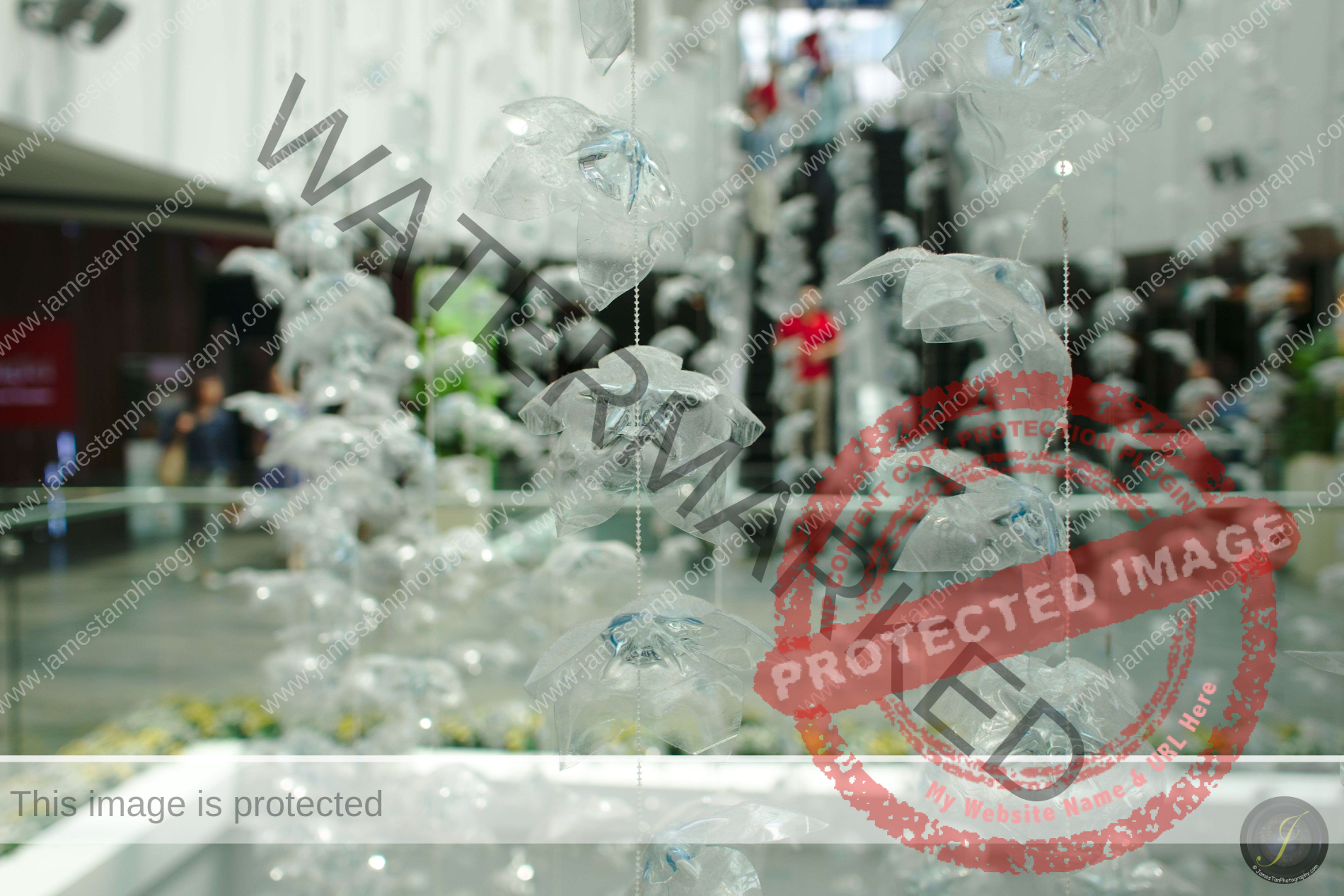



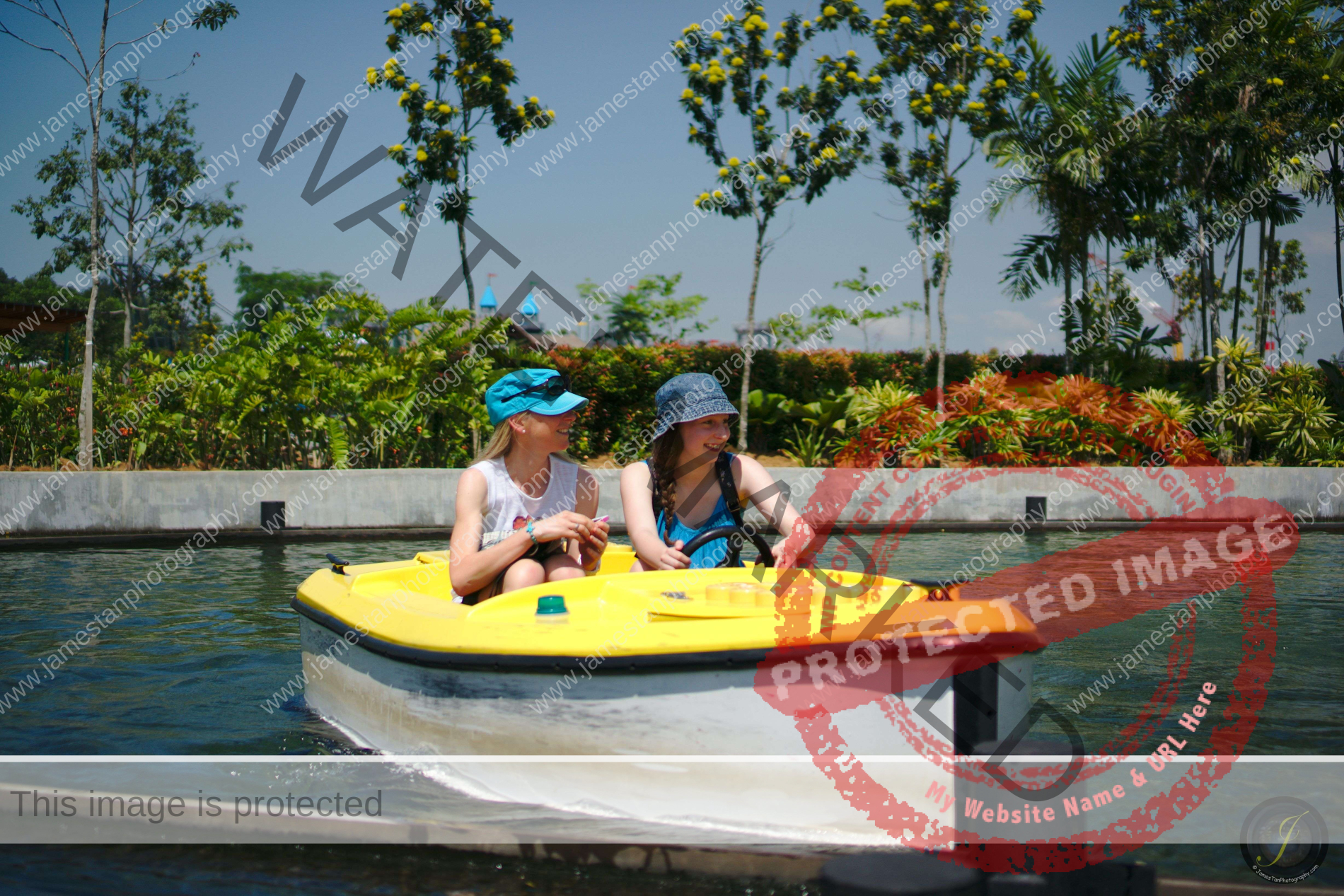


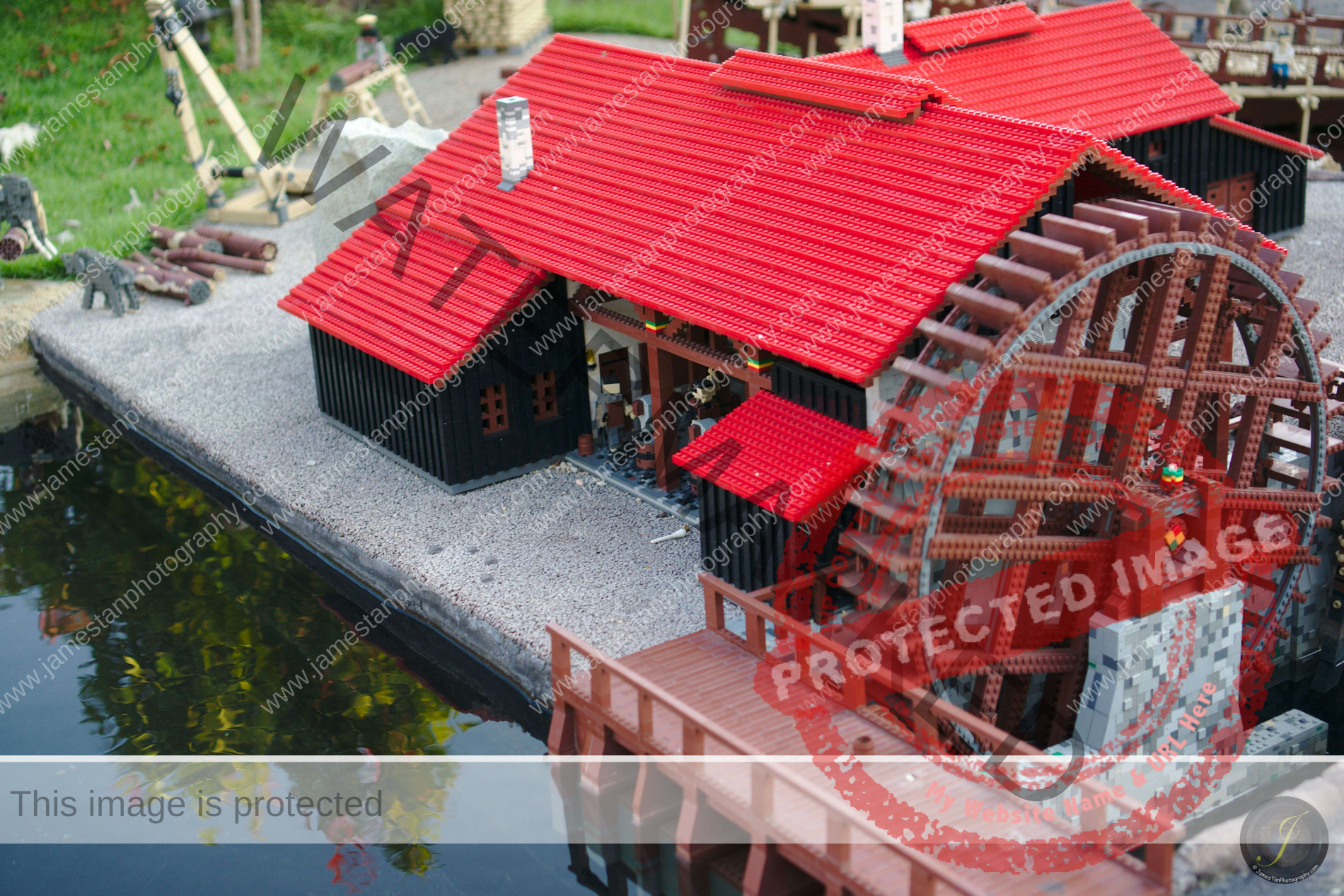

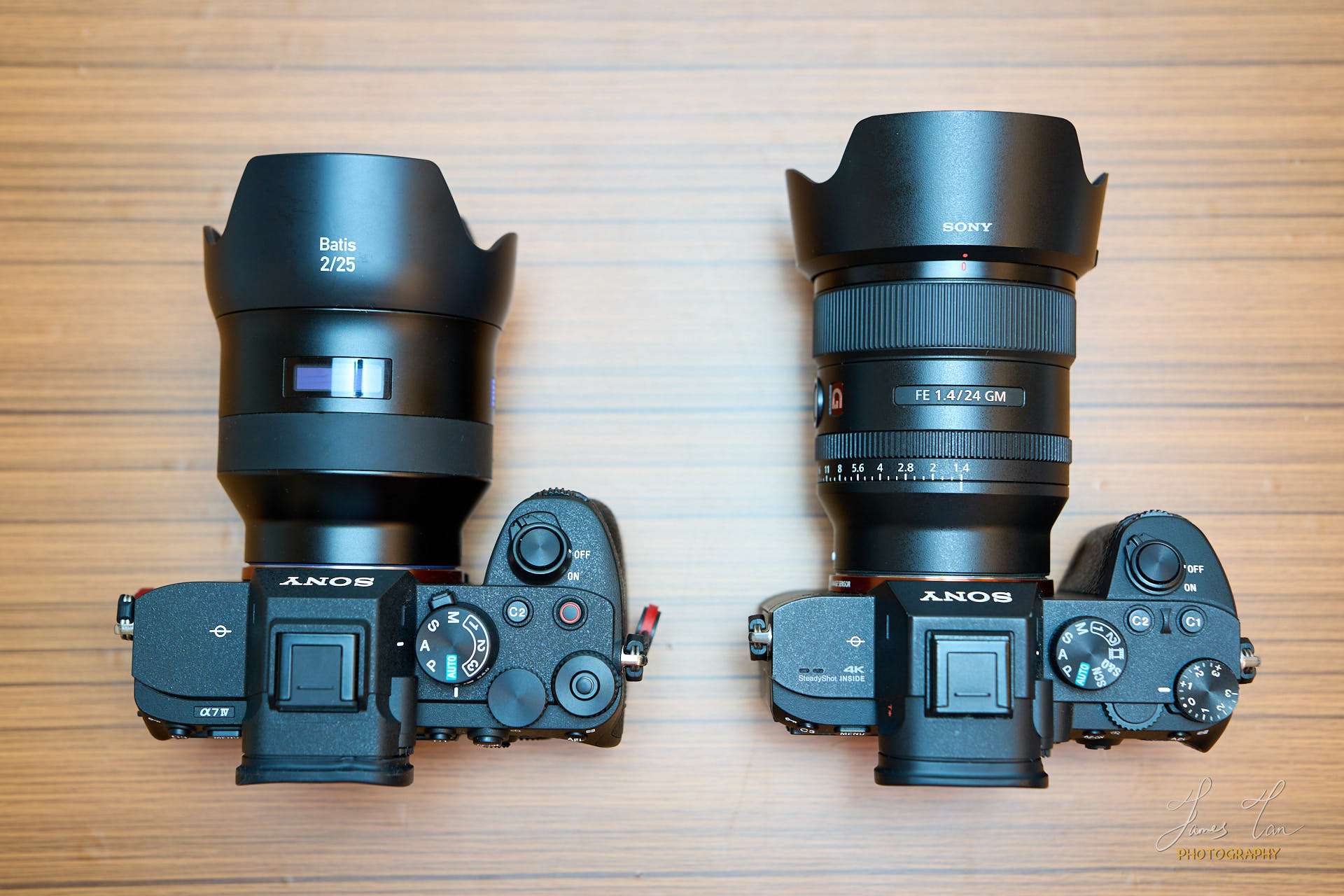
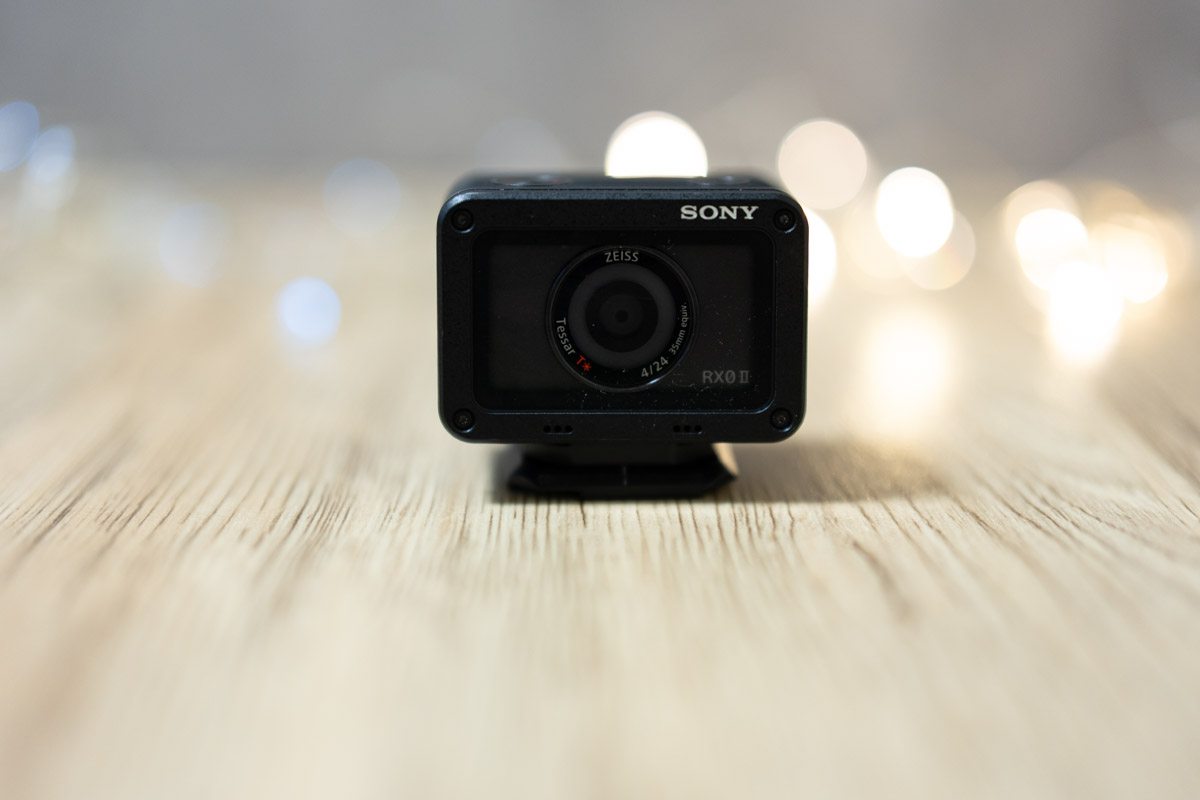
Leave a Reply